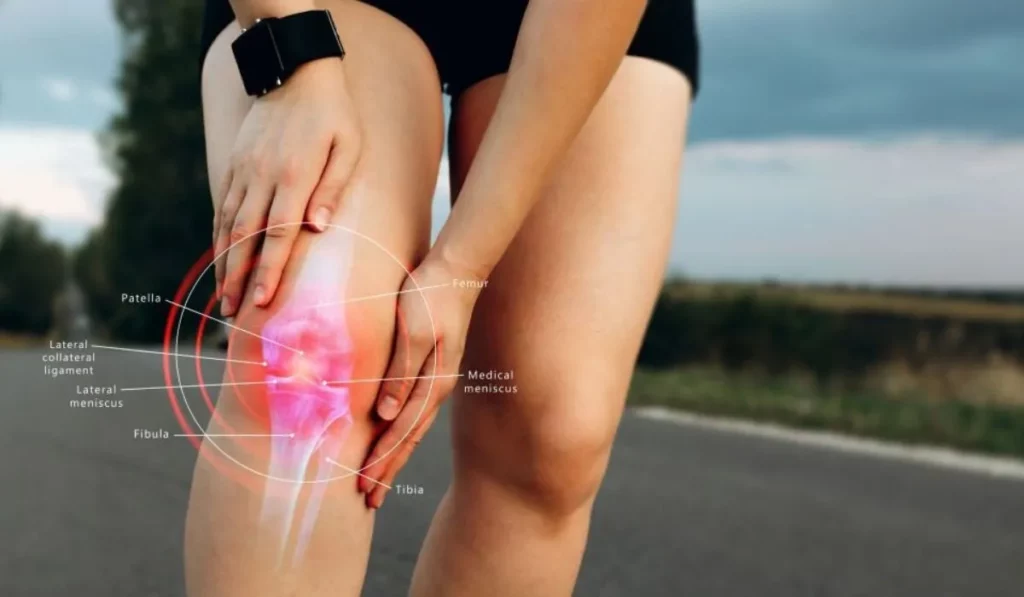There are four major ligaments in the knee, with a key role in stabilization being played by the PCL. Tears to the knee can, whether partial or full, cause pain, instability, and impair function.
Without surgery, many people opt for non-surgical treatments for a successful recovery from PCL tears. Expectations for rehabilitation processes and what to expect without surgery during the PCL tear recovery time will be explored in this article.
Understanding PCL Tears
Recovery requires understanding about PCL tears and their causes. In the knee joint, the PCL is a ligament that connects the femur to the tibia. Preventing excessive backward movement of the tibia compared to the femur, helps. Trauma, such as a car accident or sports injury, often causes PCL tears.
Treatment Options
Through imaging, such as an MRI, determining the severity of a PCL tear is step number one. Diagnosis leads to treatment options being considered. Non-surgical approaches are often recommended for less severe PCL tears or partial tears.
Rest and Immobilization
After a PCL injury, time is of the essence when it comes to giving the ligament a chance to heal. For different types of tears, either a cast or a knee brace may provide immobilization. Stabilizing the knee by preventing further damage is helped by this.
Physical Therapy
In PCL tear recovery without surgery, physical therapy takes center stage. A personalized rehabilitation program with a focus on strengthening the knee area muscles and reducing pain is designed by trained physical therapists. Depending on the person’s situation and progress, the exercises will change.
Pain Management
After a PCL injury, pain and inflammation are typical. Non-steroidal anti-inflammatory medicines( NSAIDs) are one type of untoward drug that can manage pain and reduce inflammation. Your healthcare provider may advise you to use pain operation ways similar to icing the knee.
Bracing
A knee brace may be prescribed to provide additional stability during daily activities and physical therapy sessions. The type of brace and its duration of use will depend on the extent of the PCL tear.
Recovery Timeframes
Recovery from a PCL tear without surgery is a gradual process, and the timeline can vary from person to person. Several factors influence the recovery time:
Severity Of The Tear: Complete tears take longer to heal than partial tears do.
Compliance With Rehabilitation: Recovery hinges on sticking to the physical therapy and exercise regimen prescribed.
Individual Factors: Age, overall health, and pre-existing knee conditions can affect healing times.
As a General Guideline: Mild PCL Tears: Partial tears or low-grade injuries may take 6 to 8 weeks for significant improvement. However, complete recovery can extend to several months.
Moderate To severe Tears: fully recovering from a PCL tear can take 3 to 6 months or more. This time calls for physical therapy and follow-up evaluations to be continued. Ongoing rehabilitation is necessary to help regain complete strength and functionality in the affected knees once the initial healing phase has passed.
Read More:- Injury Prevention Strategies For High-Impact Sports: Staying Injury-Free
Conclusion
Recovery without surgery requires medical guidance, hard work in PT sessions, and a commitment to following directions. The severity of the tear and individual variables influence how long it will take to recover. For a successful recovery, two crucial steps are adherence to the treatment plan and timely medical help. Each person may have unique journeys to recovery, and progress may differ. For individualized direction and backing, seeing a healthcare expert is crucial.
Read More:- Midfoot Sprain: Symptoms And Treatment Explained
FAQ
Q1: What Is A PCL tear?
A vital ligament in the knee joint, a PCL tear refers to damage or rupture of the posterior cruciate ligament. Sports injuries and car accidents are usually what triggers them.
Q2: When Is Surgery Necessary For A PCL Tear?
Surgery may be an option for severe PCL injuries that impact stability in the knee. The evaluation will help determine which approach is appropriate for treating the tear.
Q3: What Are The Non-Surgical Treatment Options For PCL Tears?
Non-surgical treatments like rest with immobilization via a knee brace or cast and physical therapy can help manage PCL tears.
Q4: How Does Physical Therapy Help In The Recovery From PCL Tears Without Surgery?
Through physical therapy, the muscles around the knee can be strengthened, and stability can be improved. Customization, based on specific needs, is what a trained physical therapist brings to the table.
Q5: How Long Does Recovery Take When Treating A PCL Tear Without Surgery?
Recovery time varies with the severity of the tear and the personal factors at play. Mild tears may need three to eight weeks for full recovery, while moderate and severe cases take longer—between three and six months.
